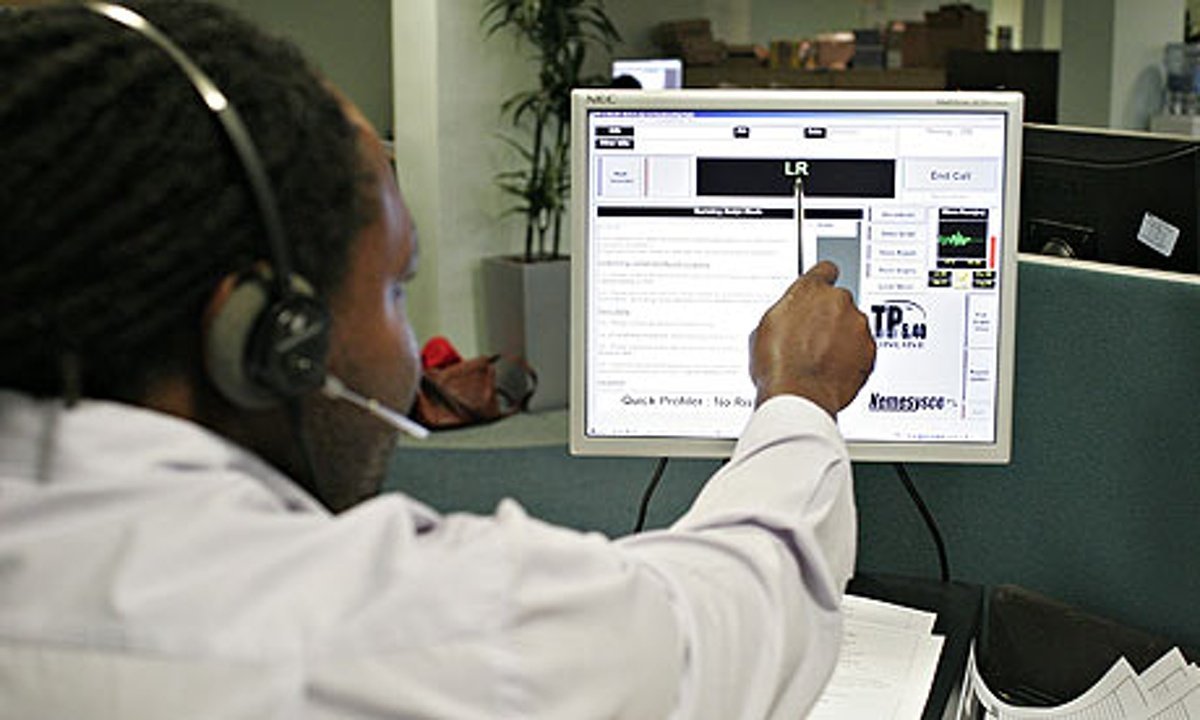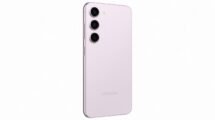A revolutionary new prototype lie detecting software has been perfected which considers speaker’s words and gestures, unlike the conventional polygraph it does not need to touch the subject to work. The new software was 75% accurate in identifying who was speaking the truth and who was being deceptive. Compared this with the human scores, which were just above 50%.
The authors noted trivial but nevertheless important hints like lying individuals moved their hands more and tried to look sure. Deceptive persons also look more into the eyes of the questioners than those who are telling the truth.
The authors contend that there are many clues that humans give when they are lying or trying to be deceptive which we are not paying attention.
The software has been developed by the team using machine learning techniques and fine tuned it on a set of 120 video clips obtained from media coverage of actual trials.
The video clips used include the testimony of both defendants and witnesses. In 50% of the clips, the person was deemed to be lying. To find out who was telling the truth, the scientists compared the testimony with trial verdicts. The data was then fed into the system and let it sort out the videos.
When the system used the input from both the person’s words and gestures, it was 75% correct in finding who was being deceptive.
This task was done by the researchers who classified the gestures instead of the computer doing it. The findings have been presented in the form of a paper at the International conference on multimodal interaction and are published in the 2015 conference proceedings.





